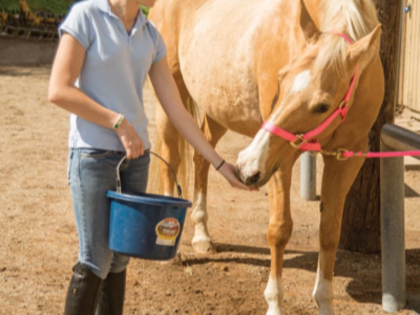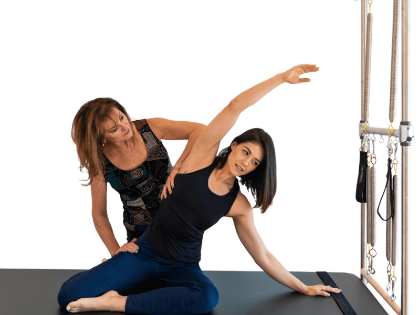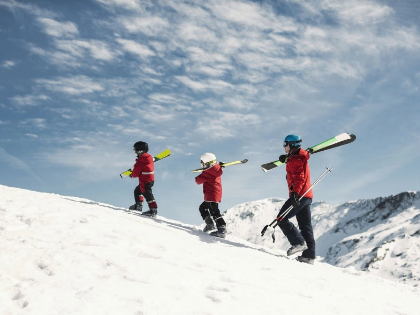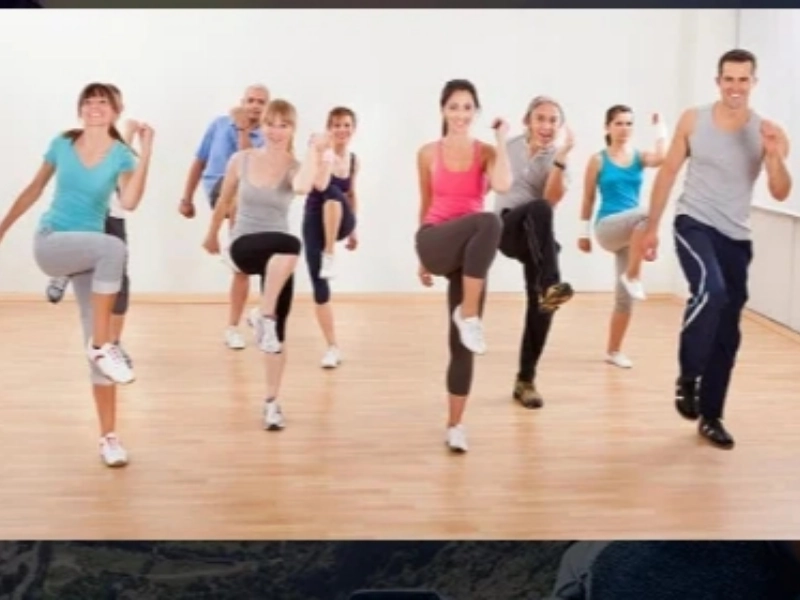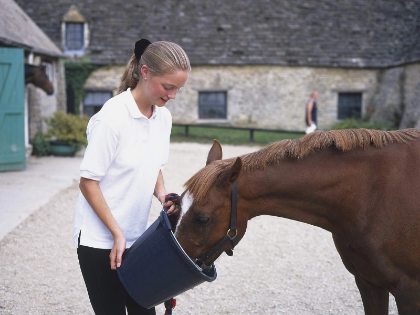Comprehending horse show classifications and ratings
Comprehending horse show classifications and ratings In addition to schooling shows, the United States Equestrian Federation has graded horse show events that give contestants points. There is more competitiveness in these formalised exhibitions. For instance, 'A' rated shows will provide larger jump height classes and mandate braiding for hunters and equitation riders.
Accessible Exhibitions

Breed-Specific Exhibitions
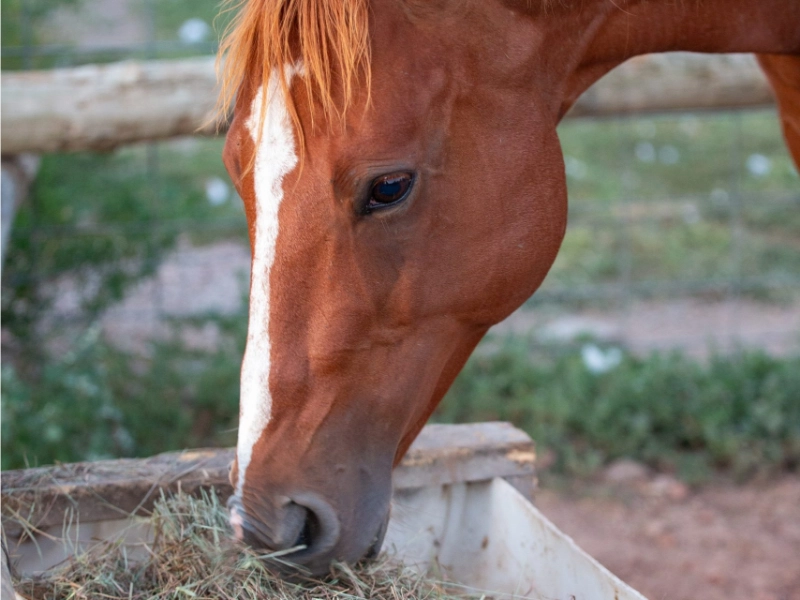 Breed-specific displays exist in addition to group shows, in which competing animals with similar phenotypes compete against one another. These are frequently referred to as specialty shows, and they might only feature one breed or a particular variation of that breed (like the Irish Great Dane Club Breed Show). These occasions typically involve conformation judging and performance classes, in which the animal is driven or ridden to showcase its temperament, manners, and underlying athletic potential. Numerous domesticated animals, such as dogs, cats, and livestock like cattle, sheep, and horses, are frequently shown in breed shows.
Only purebred animals listed with the breed registration are allowed to compete in a show. The Challenge Certificate (CC) is given to the winners, and they frequently earn a Stud Book number for breeding purposes.
Breed-specific displays exist in addition to group shows, in which competing animals with similar phenotypes compete against one another. These are frequently referred to as specialty shows, and they might only feature one breed or a particular variation of that breed (like the Irish Great Dane Club Breed Show). These occasions typically involve conformation judging and performance classes, in which the animal is driven or ridden to showcase its temperament, manners, and underlying athletic potential. Numerous domesticated animals, such as dogs, cats, and livestock like cattle, sheep, and horses, are frequently shown in breed shows.
Only purebred animals listed with the breed registration are allowed to compete in a show. The Challenge Certificate (CC) is given to the winners, and they frequently earn a Stud Book number for breeding purposes.
USEF-Scored Programmes
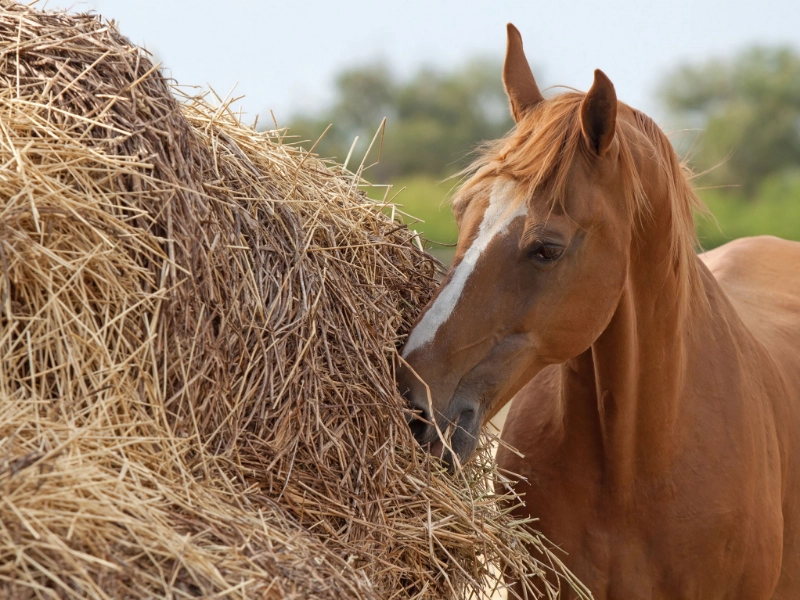 A class at any rating may be offered by licensed competitions, but only classes that satisfy the requirements for that level or rating will be eligible to receive points towards the Rolex/USEF Show Jumping ranking.
Classes at CSIs and CSI-Ws that satisfy the Rolex/USEF Show Jumping rankings requirements for Classes to Count may be exempt, provided the competition provides enough prize money above and above this threshold.
As a requirement for participation in the competition, the organisers must obtain a completed Federation Release, Assumption of Risk, Waiver, and Indemnification Agreement from each exhibitor, coach, trainer, owner, rider, driver, lungeur, vaulter, and handler. The Federation website has this form as well as state-specific ones.
Sissy Wickes, a member of the USEF Competition Task Force, emphasises that show managers should view Channel II competitions as an additional route to the same standardised rules and licensed officials as their more highly regarded counterparts, rather than as something "less than" their channel counterparts. The channel system was built with assistance from the USEF Competition Task Force, which helped offer choices and adaptability for various show organisers.
A class at any rating may be offered by licensed competitions, but only classes that satisfy the requirements for that level or rating will be eligible to receive points towards the Rolex/USEF Show Jumping ranking.
Classes at CSIs and CSI-Ws that satisfy the Rolex/USEF Show Jumping rankings requirements for Classes to Count may be exempt, provided the competition provides enough prize money above and above this threshold.
As a requirement for participation in the competition, the organisers must obtain a completed Federation Release, Assumption of Risk, Waiver, and Indemnification Agreement from each exhibitor, coach, trainer, owner, rider, driver, lungeur, vaulter, and handler. The Federation website has this form as well as state-specific ones.
Sissy Wickes, a member of the USEF Competition Task Force, emphasises that show managers should view Channel II competitions as an additional route to the same standardised rules and licensed officials as their more highly regarded counterparts, rather than as something "less than" their channel counterparts. The channel system was built with assistance from the USEF Competition Task Force, which helped offer choices and adaptability for various show organisers.
C-Grade Programmes
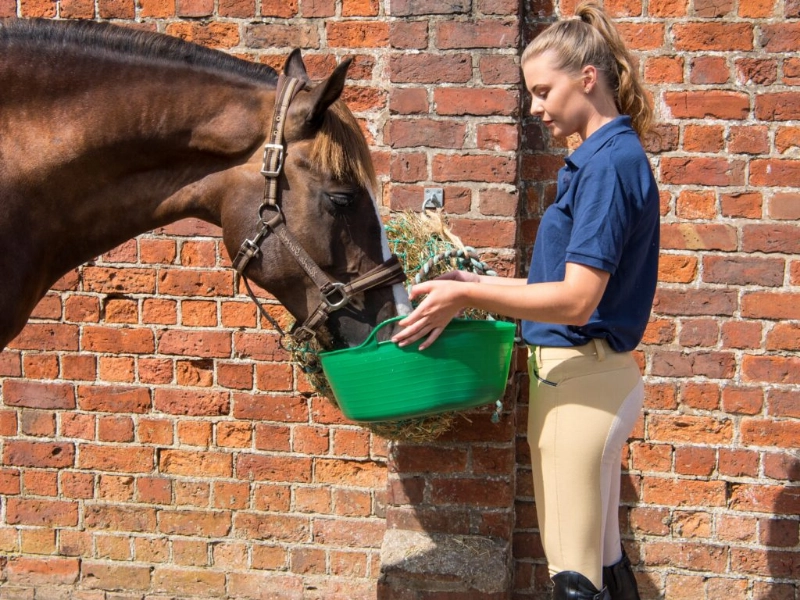 There are several formats for holding horse shows. Rated shows, which can be discipline-specific or open to all disciplines and breeds, are hosted by local horse show groups. These events typically adhere to USEF regulations and give out ribbons in accordance with the total points earned in each class. This makes year-end prizes possible for competitors.
'AA' and 'A' graded shows are usually more costly, feature classes with higher jump heights for the purpose of earning prize money (such as Grand Prix), and demand that the horse be braided for hunters and equitation. For more experienced riders wishing to increase their level of competition, these are excellent choices.
'C'-rated shows are less expensive, more focused on the rider's equitation than the horse's performance, and more regionally oriented. For those who are new to the showing scene, it is a good way to get their feet wet and learn about competing and the judging procedure. When attending a show, pay attention to your surroundings and fellow attendees. Remember that sudden movements and sounds might startle or divert a horse, so keep your mouth shut and show consideration for the animals and their caretakers.
There are several formats for holding horse shows. Rated shows, which can be discipline-specific or open to all disciplines and breeds, are hosted by local horse show groups. These events typically adhere to USEF regulations and give out ribbons in accordance with the total points earned in each class. This makes year-end prizes possible for competitors.
'AA' and 'A' graded shows are usually more costly, feature classes with higher jump heights for the purpose of earning prize money (such as Grand Prix), and demand that the horse be braided for hunters and equitation. For more experienced riders wishing to increase their level of competition, these are excellent choices.
'C'-rated shows are less expensive, more focused on the rider's equitation than the horse's performance, and more regionally oriented. For those who are new to the showing scene, it is a good way to get their feet wet and learn about competing and the judging procedure. When attending a show, pay attention to your surroundings and fellow attendees. Remember that sudden movements and sounds might startle or divert a horse, so keep your mouth shut and show consideration for the animals and their caretakers.





